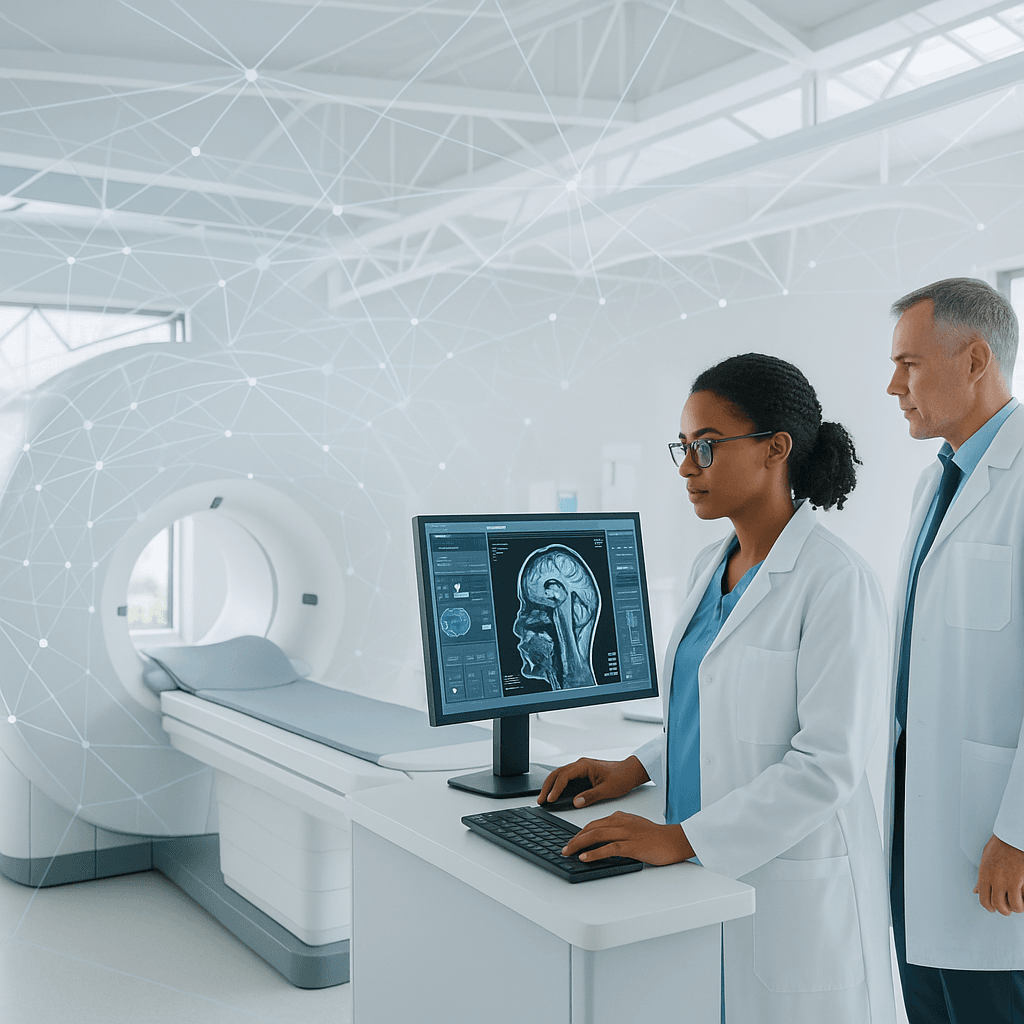Chipiron founder Evan Kervella isn't trying to build a better MRI machine - he's solving a bigger problem. While medical device funding hits levels not seen since 2021, with billions flowing into diagnostics companies, the fundamental challenge remains unchanged: million-dollar MRI machines are still locked inside hospital walls, inaccessible to millions who need them.
Medical imaging is having a moment. TechCrunch's Equity podcast just spotlighted one of the most intriguing approaches to solving healthcare's biggest infrastructure problem, and it's coming from an unexpected angle.
Chipiron CEO Evan Kervella joined the show to explain why his Paris-based startup isn't building another MRI machine - they're rethinking how we access the ones that already exist. It's a crucial distinction that could reshape medical imaging accessibility worldwide.
The timing couldn't be better. Medical device funding is experiencing a renaissance, with investment levels matching the 2021 peak according to PitchBook data. Investors are flooding diagnostics and imaging companies with capital, but the fundamental problem persists: critical medical hardware like MRI machines cost millions and remain confined to major hospital systems.
"So how do you take one of the most expensive, hospital-bound technologies and make it available anywhere?" Kervella posed during his interview with TechCrunch. The question strikes at the heart of global healthcare inequality, where advanced diagnostic tools remain out of reach for rural communities, smaller clinics, and developing regions.
The MRI accessibility crisis runs deeper than just cost. Traditional magnetic resonance imaging systems require specialized infrastructure - from reinforced floors to handle multi-ton magnets, to electromagnetic shielding that can cost hundreds of thousands alone. Installation timelines stretch months, and operational complexity demands highly trained technicians. These barriers create diagnostic deserts where patients must travel hundreds of miles for basic imaging.
But Chipiron's approach suggests the solution isn't necessarily building cheaper machines. While competitors focus on miniaturization or cost reduction, Kervella's team is exploring how to fundamentally reimagine MRI access itself. The strategy represents a shift from hardware innovation to infrastructure innovation - potentially more scalable and immediately impactful.
The medtech funding surge provides perfect runway for such ambitious challenges. According to industry analysis, diagnostics companies are attracting unprecedented investor interest, driven by aging populations, preventive care trends, and AI-powered imaging advances. sits at the intersection of these trends, potentially positioned to capture significant market share.
